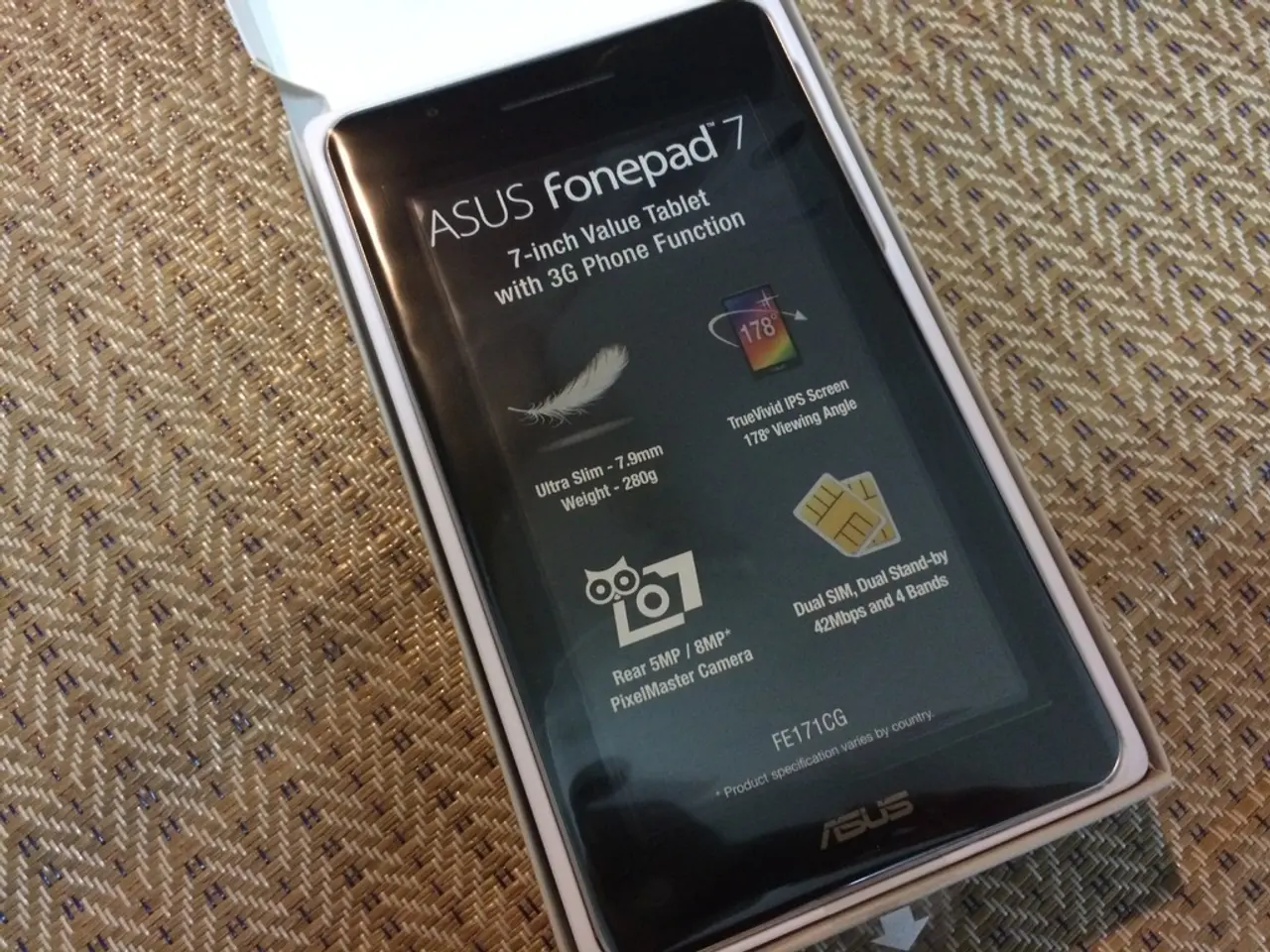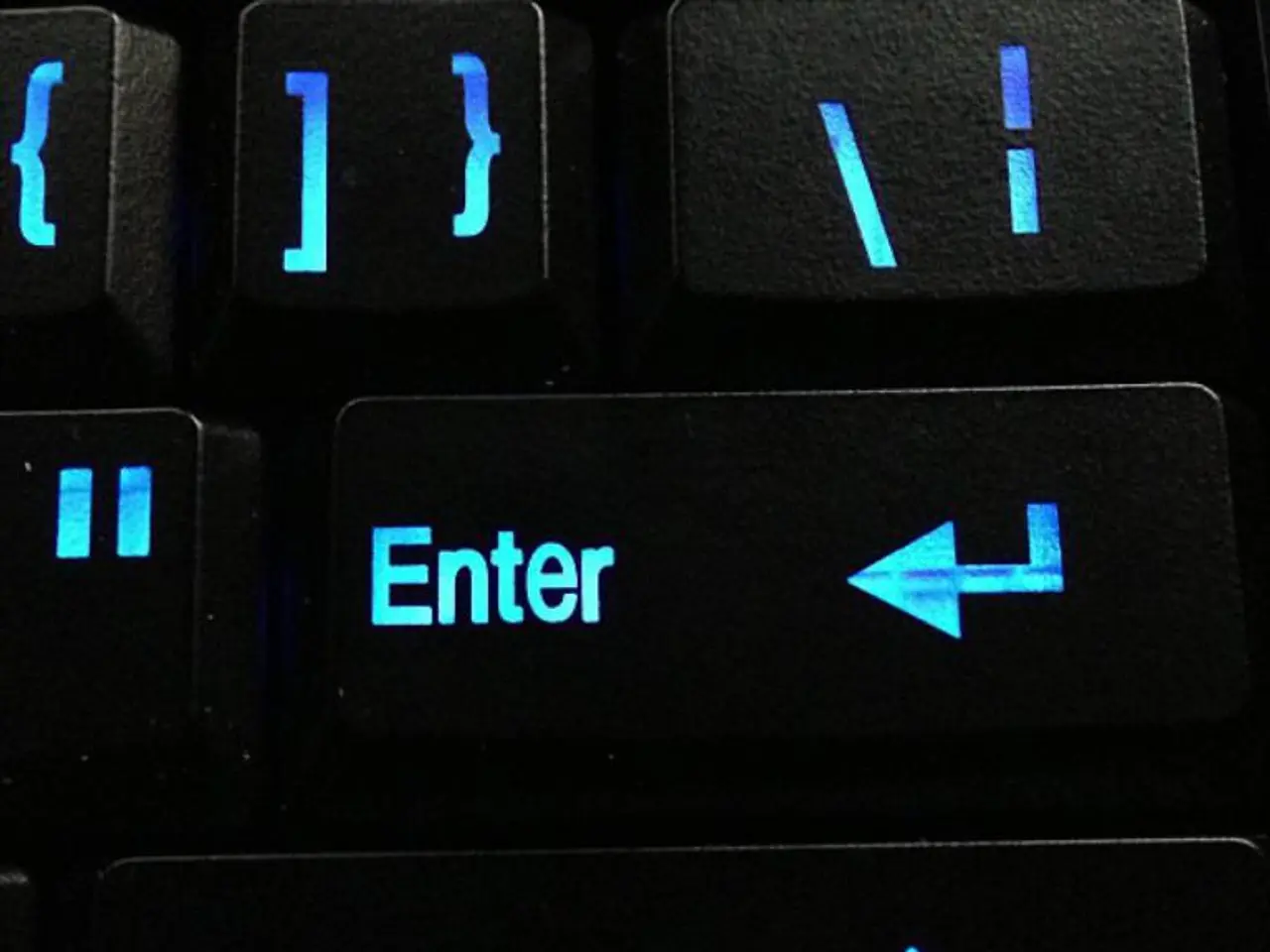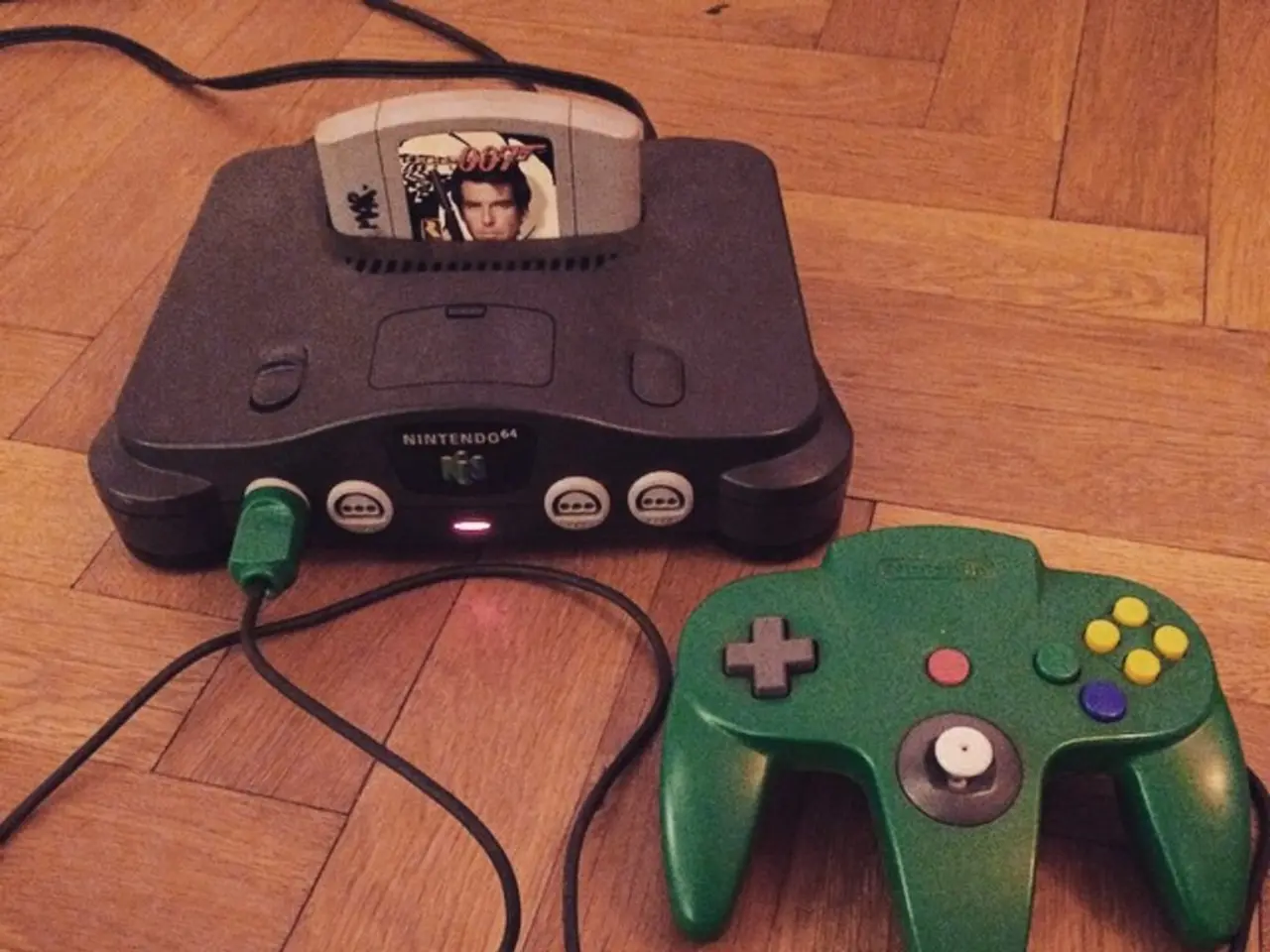Competition Analysis: Examining Cost Differences Across Various Apps on Android and iPhone, Including Zomato, Blinkit, Myntra, Uber, and More
In the ongoing debate between Android and iPhone users, the topic of an "iPhone tax" has been a recurring theme on social media. However, a recent investigation sheds light on the true nature of this phenomenon.
The investigation aimed to uncover any significant differences in app prices between Android and iPhone devices. To do this, a comparison was conducted across seven commonly used apps: Uber, Ola, Myntra, Zomato, Swiggy, Blinkit, and Amazon.
Surprisingly, no significant price differences were found for Myntra, Zomato, Swiggy, Blinkit, or Amazon across devices. For instance, a dress by Uptownie was priced at Rs 2,449 on both Android and iPhone, as was Amazon's metal wall decor wall hanging by DSH Crafting Your Curiosity. Similarly, Blinkit's India Gate Mogra Basmati Rice (Broken) 5kg and Red Potato (Aloo) 1kg were priced identically on both platforms.
However, when it comes to ride-hailing apps Uber and Ola, the cost of a ride from Times Now's office to Spectrum Metro Mall was compared. The cost was found to be negligibly higher on iPhone for both Uber and Ola, with differences of Rs 0.05 and Rs 0.01 respectively.
While these minor differences might suggest the existence of an "iPhone tax," it is essential to delve deeper into the issue. The term "iPhone tax" is often used to describe Apple's commission fees on in-app transactions conducted through its iPhone App Store payment system.
Apple charges a 15-30% commission fee on many in-app transactions, a fee that has been criticized as a "tax" on app developers that can lead to higher prices for consumers. For example, Apple takes a 30% cut on NFT purchases made through apps, a de facto ban due to the high fee.
Legal battles have challenged Apple’s ability to enforce this commission, with a court ruling blocking Apple from charging fees on some in-app transactions processed outside its exclusive system. This ruling aims to reduce the "monopoly pricing" power Apple holds, potentially lowering Apple's revenue from these fees.
It is important to note that there is no strong evidence that app prices themselves are universally or directly higher on iPhone because of an added "tax." Pricing decisions vary by developer and market. Some social media claims exaggerate or misunderstand the fees.
In summary, the "iPhone tax" is best understood as Apple's commission fees on in-app purchases within its App Store, which has sparked legal scrutiny and user complaints. This is not merely a social media myth but a real cost factor in the iPhone ecosystem that can influence app pricing and availability, though it is not a separate surcharge explicitly labeled or passed on as an "iPhone tax" in app prices.
References: [1] Apple charges a commission fee on in-app transactions. (n.d.). Retrieved from https://www.techradar.com/news/apple-charges-a-commission-fee-on-in-app-transactions [2] Court ruling blocks Apple from charging fees on some in-app transactions. (2021, June 30). Retrieved from https://www.reuters.com/article/us-apple-court-idUSKBN2F01UJ [3] iPhone tax: What it is and why it's a problem. (2021, August 26). Retrieved from https://www.macworld.co.uk/feature/iphone-tax-what-it-is-and-why-its-a-problem-3684333/ [4] The iPhone tax: What it is and how it affects you. (2021, September 21). Retrieved from https://www.businessinsider.com/what-is-iphone-tax-how-it-affects-you-2021-9
In the course of the investigation, no significant differences were found in app prices for Myntra, Zomato, Swiggy, Blinkit, or Amazon across Android and iPhone devices. However, minor differences were observed in ride-hailing apps Uber and Ola, suggesting the existence of an "iPhone tax," but this tax is primarily referenced as Apple's commission fees on in-app transactions within its App Store.



